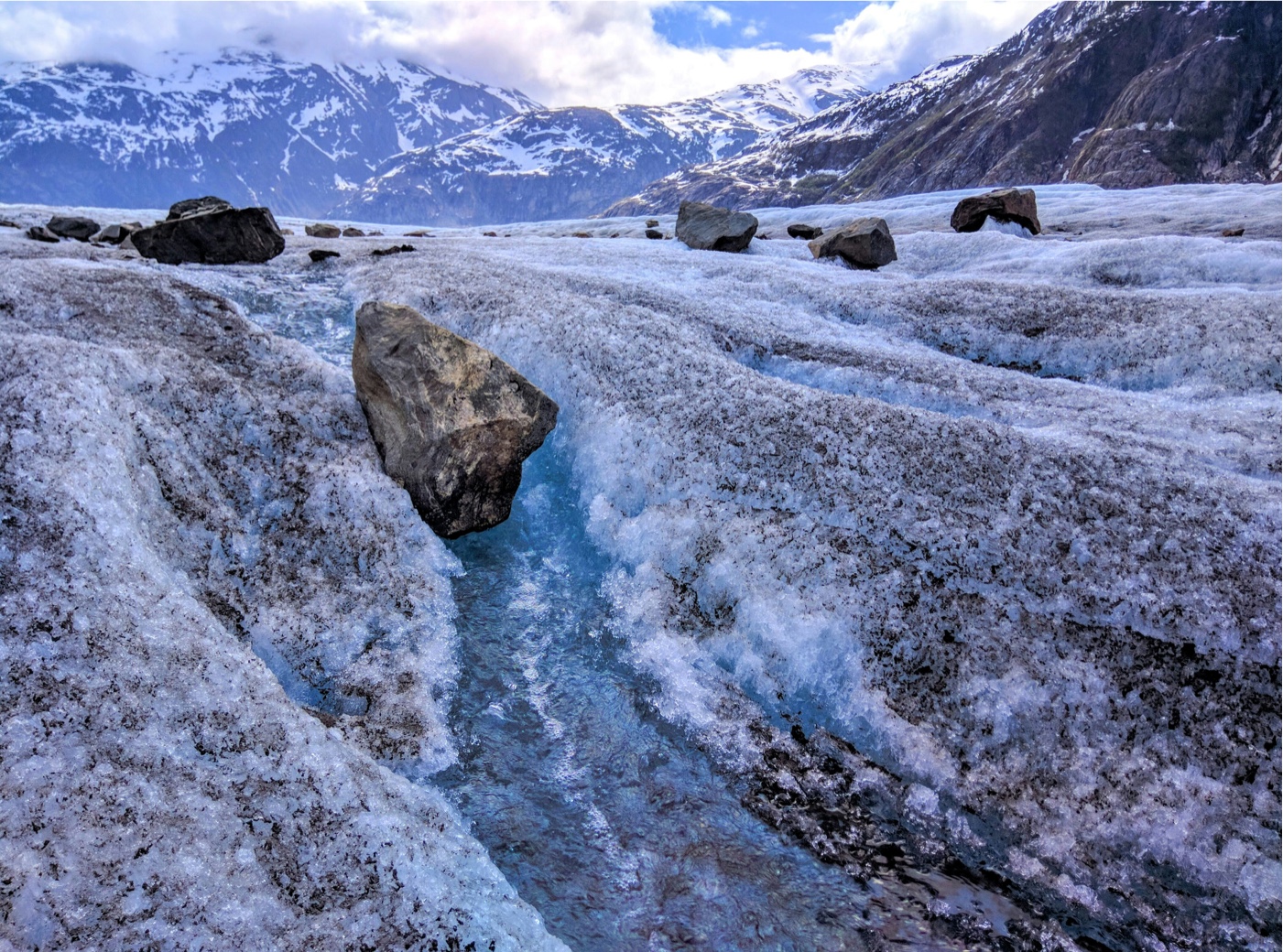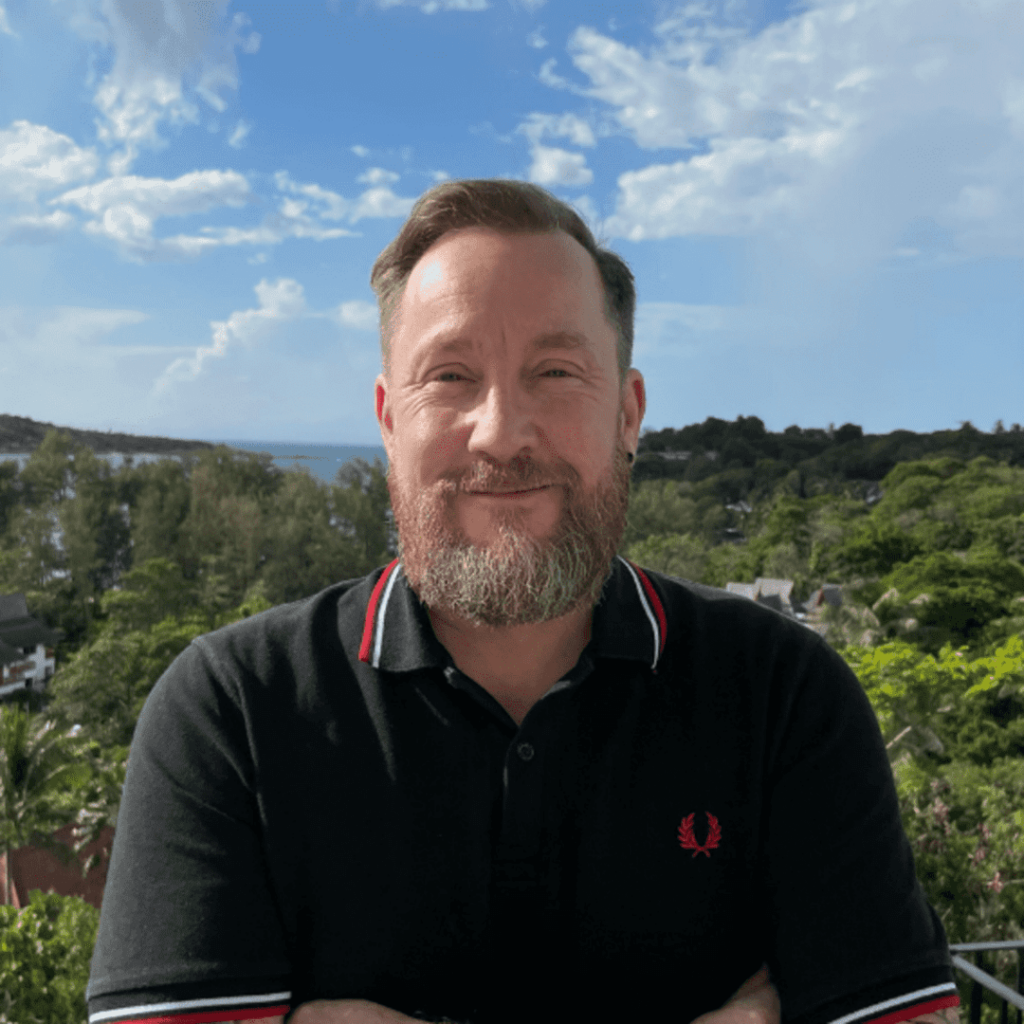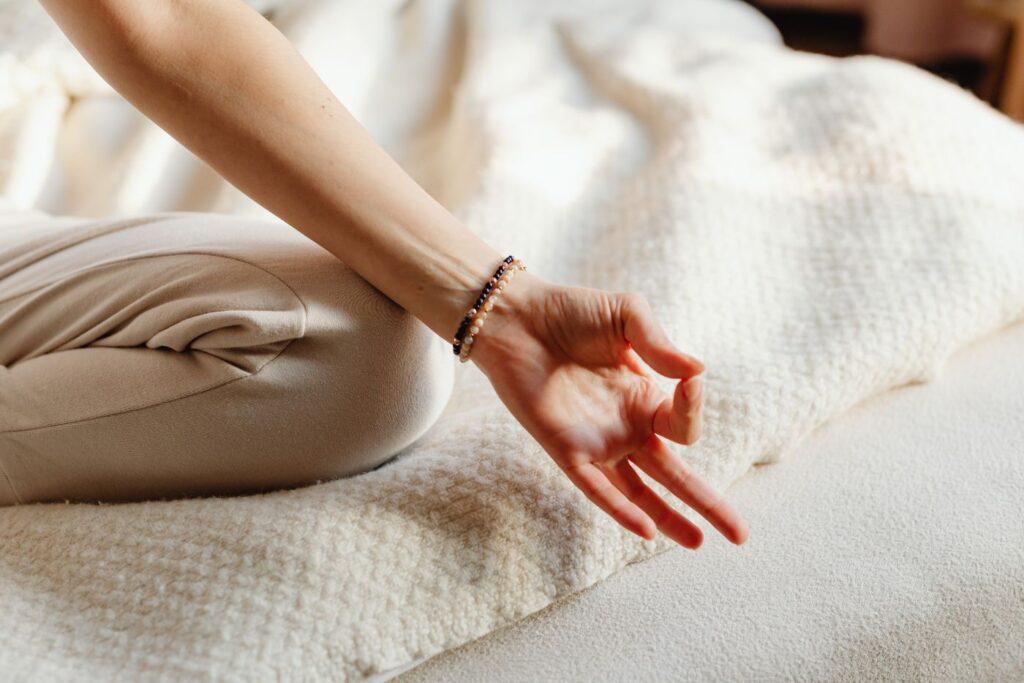How Cold Therapy can Support Healing From PTSD

If you are currently healing from PTSD, cold therapy could be a powerful addition to your toolbox. Cold therapy involves exposing the body to low temperatures for therapeutic purposes. Although typically used by athletes to help them recover more quickly from training and competition, in recent years cold therapy has gained recognition for its beneficial effects on mental wellness too. This includes its potential for helping PTSD sufferers.
In this blog, we explore how cold therapy can support the nervous system, and the many ways in which cold therapy can address symptoms of PTSD. We’ll also look at how sustained, consistent use of cold therapy can lead to long-term improvements in mental health.
For more information on how we use cold therapy for PTSD at Yatra Centre, contact us today on +66 96 916 3287.
What is Cold Therapy?
Also known as cryotherapy, cold therapy is the use of cold temperatures for their benefits on physical and mental health. Cold therapy has multiple benefits – it reduces inflammation, swelling and pain, improves mood, boosts energy levels and supports recovery. Cold therapy for PTSD follows the same protocol as for physical therapy, utilizing anything from ice packs applied to specific parts of the body, to full-body exposure in ice baths or cryo-chambers.
Cold therapy for PTSD is beneficial in that it helps reduce reactivity to stress, improves focus and induces positive feelings, and enables PTSD sufferers to regain greater resilience, particularly when facing potential triggers or the challenges of everyday life.
Cold Therapy and the Nervous System
To understand why cold therapy works in treating PTSD, it is important to first grasp its effects on your nervous system. On a physiological level, PTSD is characterised by a continued state of hyperarousal, in which the nervous system remains constantly activated, as happens in response to immediate or imminent danger. In the case of PTSD, however, this ‘fight or flight’ response – that prepares a person to either fight or flee for survival – becomes a default setting. The sympathetic nervous system – the one that governs the fight or flight stress response – remains on constant alert, and unable to return to its resting state. It reacts as though the threat of the past traumatic event was still present now. People may feel constantly on edge, and unable to relax or find peace of mind.
A person with PTSD may also find themselves locked in ‘freeze’ mode. The freeze response occurs when the shock caused by a traumatic experience is so great that it causes nervous system overload– the person panics, cannot run or defend themselves, and instead tenses up, incapable of action. Trauma causes this stress response to persist and stay activated, even after the danger has passed. When this happens, a person remains, to some degree, ‘paralysed’ by fear, which can inhibit certain faculties such as feeling and reacting. Typical symptoms include emotionally numbness, disconnection or detachment from your body, brain fog and exhaustion. Chronic Fatigue Syndrome can also develop as a result.
Cold exposure can support healing from PTSD by activating the vagus nerve, one of the most important nerves in the parasympathetic nervous system. The parasympathetic is known as the ‘rest and digest’ system – the opposite of the sympathetic nervous system which governs the fight of flight response. Its job is to return the body to a calm, relaxed state after stress. When in this state, a person feels at ease and free of tension, and on a psychological level, the mind is better able to process memories.
How Cold Therapy Supports Healing From PTSD

Here are some of the specific ways cold therapy can support healing from PTSD. While there is a lack of accurate statistics around cold therapy as a primary modality in treating PTSD specifically, a study has shown that just 5 minutes of whole-body exposure to cold is enough to immediately increase well-being and alertness, while decreasing negative thoughts and feelings. There is also evidence to show that just 10 sessions of cold immersion can lead to lasting reduction of depressive symptoms.
Reduced Anxiety and Stress
One of the most immediate benefits of cold therapy is its ability to reduce anxiety. When you are exposed to cold, your body’s stress response is activated, but only on a physiological level – the sympathetic nervous system is stimulated, but without the psychological anguish that accompanies disturbing or traumatic experiences. This brief, moderate stress causes the sympathetic nervous system to release the hormone norepinephrine, but also small amounts of endorphins and dopamine – the combined effect is increased alertness accompanied by a sense of well-being and relaxation. Cold therapy can also reduce the heightened cortisol levels that are common in people with PTSD.
For those struggling with anxiety, cold therapy provides a natural way to alleviate symptoms without the need for medication. The effects of cold therapy can last for several hours, and over a prolonged period of time, cold therapy can reduce PTSD-induced anxiety levels in a sustained and durable manner.
Improved Emotional Regulation
Cold therapy can also help regulate emotions and stabilize mood, in a way that supports PTSD recovery. Trauma often leads to emotional dysregulation, causing emotions to become either unnecessarily intense or too numbed. This can lead to mood swings, irritability, and a general sense of being out of control.
By regularly exposing yourself to cold, you can train your body to tolerate and process intense feelings better. The discomfort that cold therapy provides is a controlled form of stress that helps build emotional resilience. Over time, this teaches the nervous system to handle strong emotions without becoming overwhelmed, such that emotions become less erratic and volatile.
Restoring a Sense of Control
PTSD often leaves people feeling they are no longer in control of their lives. The body’s ongoing stress response and state of hypervigilance can make you feel trapped, and constantly at the mercy of heightened emotions.
The deliberate act of exposing yourself to cold is a proactive way to regain some control over your nervous system, and over how you respond to triggers and stress. This can feel very empowering, which is an enormous boost to the healing process when recovering from a condition such as PTSD which, in contrast, is very disempowering.
Cold therapy forces you to focus on your breath and to stay present, which helps break mental cycles of rumination, and counteract the intrusive thoughts that often accompany PTSD.
Improved Sleep Quality

Sleep disturbances are one of the most common symptoms of PTSD. Nightmares, insomnia, and restlessness can make it difficult for you to get the restorative sleep your mind and body need for healing. Cold therapy can help improve your sleep by lowering stress hormones and encouraging a deeper state of relaxation.
PTSD considerably disrupts not just thoughts and emotions, but also many physiological functions in the body. The autonomic nervous system (ANS) controls things such as digestion, breathing, heart rate, and body temperature balance. Since PTSD interferes with these functions, body temperature, too, can become dysregulated. Hyperarousal may cause symptoms such as increased heart rate and metabolism, sweating and overheating. In contrast, ‘freeze’ or dissociation mode can cause lower heart rate and metabolism, reduced blood flow to extremities, and localized sensations of numbness.
Cold exposure can be a powerful agent in restoring balance to your body’s internal temperature regulation system. This, in turn, can improve the quality of your sleep. Cold therapy can be a natural tool in helping you sleep better, which is essential for both emotional and physical healing.
Increased Endorphin Production
Endorphins are natural mood enhancers produced by your brain. When you experience cold exposure, your brain releases a surge of these ‘feel-good’ chemicals, which act to naturally boost your mood, and lift you out of feelings such as sadness, hopelessness, and irritability, which are commonly induced by PTSD.
As mentioned above, cold therapy can also stimulate the production of dopamine, another neurotransmitter, associated with motivation and well-being. Regular dopamine boosts using cold therapy can help you feel more proactive and enterprising about your life, ready to take bold, positive steps towards healing, such as committing to therapy or prioritizing self-care in your daily routine.
Creating a Mind-Body Connection
Exposing yourself to cold temperatures forces you to be fully present in the moment and to focus on the physical sensations in your body. This can be particularly helpful if you’re experiencing dissociation or a sense of detachment from your body, which is a common occurrence with PTSD. The intense physical sensations of cold can help you reconnect with your body, bring your focus back to the present moment, and break the pattern of dissociation. Cold therapy is also helpful if your mind is hyperactive and constantly wandering off into endless trains of random thought.
How to Use Cold Therapy in Your PTSD Healing Journey
If you’re interested in incorporating cold therapy into your PTSD recovery, here are a few ways to get started:
- Cold Showers: Start by taking cold showers for a few minutes each day. Increase the time you spend in cold water gradually, to allow your body to adapt.
- Ice Baths: if you’re ready for a more intense experience, consider taking ice baths. Fill your bathtub with cold water and ice, and sit in it. 5-10 minutes will allow you the benefits of full-body cold exposure. Once again, aim for gradual progress – start with very short immersions, and increase gradually. Get out if you begin to feel really cold, or start feeling worried or unsafe.
- Cold Packs: cold packs can be used to target specific areas with dense nerve networks and acupuncture points. Activating these has a powerful effect on the nervous system and helps support healing from PTSD. Focusing on areas like your shoulders, neck, or wrists relieves built-up tension, while giving you all the added benefits of cold therapy listed above.
Healing From PTSD With Cold Therapy at Yatra Centre
Cold therapy opens new doors to healing, offering relief from the debilitating effects of PTSD by enhancing nervous system regulation and emotional well-being. At Yatra Centre in Krabi, this therapy is seamlessly integrated into a wider trauma recovery program designed to meet your individual needs. Take the next step toward a brighter, more peaceful future with our expert team by your side.
For more information on how we use cold therapy at Yatra, or to hear more about our trauma treatment programs, contact us today on +66 96 916 3287.

Mike Miller
Founder & Clinical Director
Mike Miller is a Certified Clinical Trauma Professional, Certified Addiction Therapist, and EMDR Therapist with advanced training in trauma and mental health. He has over 20 years experience delivering behavioural health treatment to clients internationally. As a leading trauma expert, Mike developed the Yatra programme in 2022 to accelerate healing and support lasting transformation.
Subscribe to our newsletter.
Subscribe to our newsletter and join a supportive community dedicated to understanding, overcoming, and transforming personal trauma.
Related Articles
Why a Somatic Healing Retreat Might Be Exactly What You Need
You’ve tried therapy. You’ve read the books. You’ve done your best to manage stress, anxiety, or…...
Trauma Healing and Rehab in Thailand: An Interview with Yatra
Addiction and unresolved trauma affect millions of individuals and families around the world. These challenges are…...
Your Complete Guide to PTSD Recovery After Trauma
If you’re reading this, chances are you or someone you love is living with the impact…...
Can EMDR for Trauma Really Rewire the Brain?
Over the past few decades, EMDR for trauma has gained attention for its ability to reduce…...



